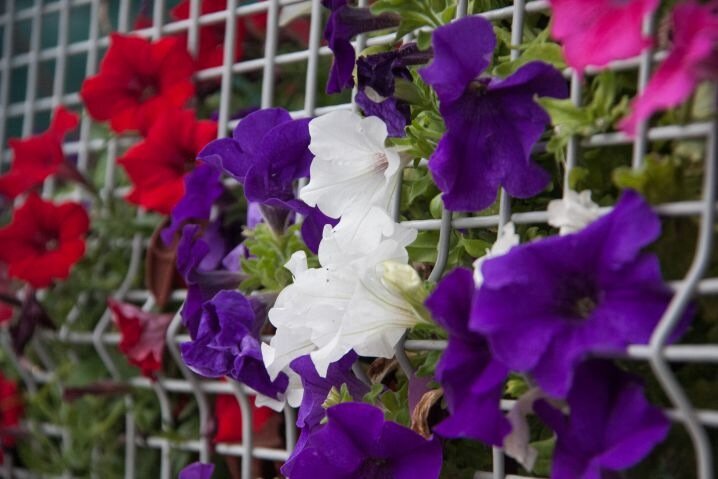Due to its unpretentiousness, petunia has become one of the favorite crops of all flower growers.
It can be seen literally everywhere: in summer cottages, in city flower beds and even on the balconies of multi-story buildings.
Anastasia Kovrizhnykh, an expert of the online publication "BelNovosti", an agronomist and landscape designer, told how to do the right thing.
Growing petunias usually does not cause any problems or difficulties. But even this plant requires some care.
Experienced gardeners and flower growers, when planting this crop, always adhere to five main rules.

Soil moisture
Although petunias are not particularly demanding in terms of nutrition, it is necessary to monitor the soil moisture level.
Excess water can lead to root rot and fungus, while a deficit can lead to complete exhaustion and death of plants.
Location
The lack of light is detrimental to petunias. Therefore, it is best to place them on the sunny side of the plot or apartment.
Even a small but constant partial shade can cause poor growth and a complete lack of flowers.
Soil quality
The composition and quality of the soil are very important for this crop. It should never be too “heavy” and acidic.
Soil with a neutral pH is ideal for growing petunias.
Volume of land
One strong plant requires at least 7 liters of soil. Therefore, when growing flowers at home, you should choose larger pots.
And when planting in flower beds, you need to carefully calculate the required area.
Disease prevention
Even if there are no visible signs of disease, flowers must be regularly treated with special products.
This will help to avoid not only infection, but also the appearance of pests.
In fact, growing petunias does not require any special efforts.
All the activities carried out with it are the most common care. Moreover, absolutely the same as for any other plants.








